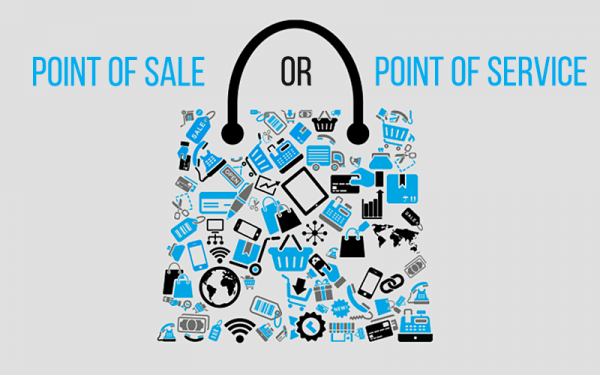by Richard Heitmann,
Sales Director – AURES Technologies Ltd
The digital transformation of EPOS systems over the past couple of decades has led to some significant changes in the role point of sale equipment plays in a customer-facing business.
First, LAN and WAN internet networking technology meant payment terminals could be linked into a single unified system, even if they were located in different premises. Connected to a piece of accounting software, EPOS became the front line in bookkeeping and financial management.
Further software integration then meant our hardware could be linked directly into stock control, ERP and logistics platforms, leading to the automation of order placements and replenishment. And, of course, it has moved through various stages of development in digital payments, from electronic swipe readers to chip and pin through to contactless.
But it could be argued that the most significant changes digital technology will have on EPOS are only just starting to emerge. Thanks to a combination of mobile and wireless networking, advanced data processing and the move towards platform consolidation we are seeing with the Cloud, EPOS is taking on a new role altogether. It is no longer just a tool for processing sales, but is transforming instead into an invaluable aid for delivering excellence in customer service.
A tool for the customer
In the first place, this transformation requires a change in mindset, and change in thinking about who EPOS equipment is for. Traditionally, they have always been a tool for the vendor, for the sales assistants or agents to process sales. But what if instead EPOS was turned into a tool for the customer, into an information point to help them find product details, look at alternatives, check stock availability and so on?
Today’s EPOS terminals are powerful computer end points more than capable of running the software which would allow them to perform this function. Many also operate via a touchscreen, so are perfect for simple, intuitive navigation by the customer.
Alternatively, with tablets being increasingly used to create flexible, mobile EPOS solutions, they could be used by sales staff as a service tool to take the information to the customer. The use of EPOS tablets in hospitality to help order placements at the table is well established. But we are also starting to see this in Retail, where agents can use the device to check stock lines, compare prices with similar items, or look up answers to queries the customer may have.
Another big advantage is the ability to link into CRM systems. This is where bricks and mortar retail can start to mimic the ecommerce experience, displaying items other customers have bought as you would get on Amazon, or even current top tens and customer reviews.
Personalised service
Perhaps more significantly, for returning customers an agent could quickly get access to their previous history just by asking for a name and postcode. Armed with this sort of information, agents could go much further personalising the service, making product suggestions based on previous purchases generated by the CRM, even offering bespoke deals or special offers authorised in real time.
And of course, if this additional level of service helps to secure a sale, it can be processed there and then through the same terminal.
With this kind of usage, the term point of sale does not quite do justice to the assistance being provided. Used in this way, powered by the latest technology, EPOS becomes a point of service.




